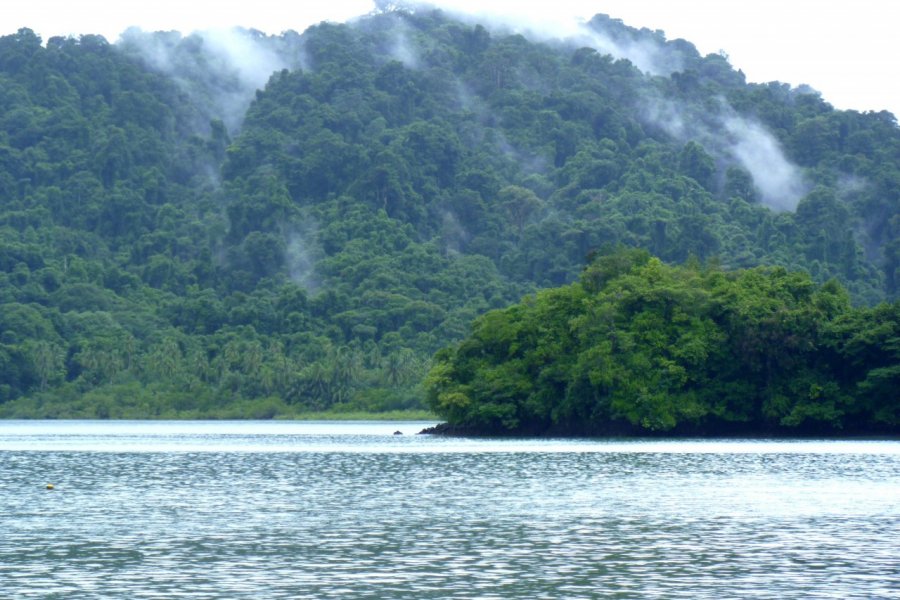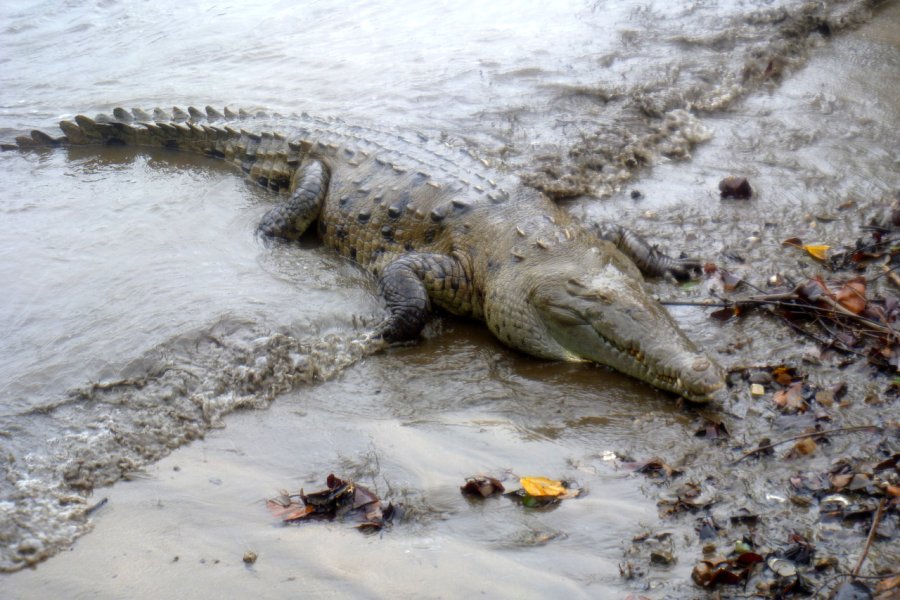Travel Guide Isla Coiba
Find an accommodation
Advertising
On the edge of the Gulf of Chiriqui, Coiba National Park and its Special Marine Protected Area (270,125 ha) protect the enormous island of Coiba and the 38 surrounding islands and seabed. Of volcanic origin and separated from the mainland for 15,000 years, Coiba Island is the largest in the country (50,314 ha). A well-preserved terrestrial ecosystem, with 80% of its forest intact, and numerous waterways, including the 20 km-long Río Negro... Next to Coiba, the neighbouring islands seem tiny: Jicarón (2,002 ha), Jicarita (125 ha), Canal de Afuera (240 ha), Afuerita (27 ha), Pájaros (45 ha), Uva (257 ha), Brincanco (330 ha), or Coibita (242 ha).Between 1919 and 2004, Coiba was home to a notorious penal colony, which blocked any plans for tourism development. Included on UNESCO's World Heritage List since 2005 and protected since 1991 by its national park status and its inclusion in the marine biological corridor that extends to the Galapagos, Cocos, Malpelo and Gorgona islands, Coiba Island is still home to a primary forest and a few endemic species, such as the Coiba agouti. It is a sanctuary for cetaceans, sea turtles, sharks and a wide variety of pelagic fish species of great importance to regional fisheries. Tourism is still limited, but pressure is growing. Pseudo-eco-resort projects and the redevelopment of an airstrip have been the subject of much controversy in recent years. Another threat is the development of intensive illegal fishing, which is becoming more and more frequent. Continued at its current rate, it could endanger much of Coiba's marine wealth. A fear shared by local fishermen and all those who make their living from tourism.
Suggested addresses Isla Coiba
Weather at the moment
Advertising
Organize your trip with our partners Isla Coiba
Transportation
Book your plane tickets
Car Rental
Boat rental
Accommodation & stays
Find a hotel
Holiday rental
Find your campsite
Tailor-made trip
Immersion travel
Services / On site
Activities & visits
Find a doctor






